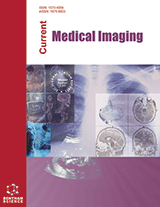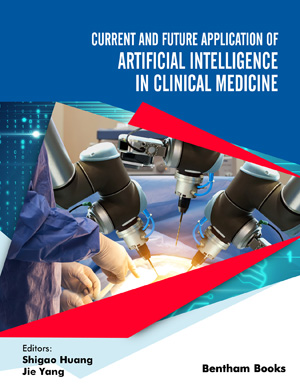
Abstract
Background: In late December 2019, Wuhan, the capital of Hubei Province, China, became the center of an outbreak of pneumonia caused by severe acute respiratory syndrome Coronavirus 2 (SARS-CoV-2).
Introduction: The radiological changes in the lungs of critical people with coronavirus disease 2019 (COVID-19) pneumonia at different times have not been fully characterized. We aim to describe the computed tomography findings of patients with critical COVID-19 pneumonia at different disease stages.
Methods: Clinical and laboratory features of critical patients were assessed. CT scans were assigned to groups 1, 2, 3, or 4 based on the interval from symptom onset (within 2 weeks; ≥ 2-4 weeks; ≥ 4-6 weeks; or ≥ 6 weeks, respectively). Imaging features were analyzed and compared across the four groups. Total CT scores, corresponding periods of laboratory findings, and glucocorticoid dosages during the imaging intervals were longitudinally observed in five patients with complete data.
Results: All 11 critical patients (median age: 60 years [42-69]) underwent a total of 40 CT examinations, and the acquisition times ranged from 1-59 days after symptom onset. Median total CT scores were 18 (9-25.25); 445 (42.88-47.62); 4375 (38.62-49.38); and 42 (32.25-53.25) in groups 1, 2, 3, and 4, respectively. The observed lesions were mainly bilateral (37 [92.5%]). The median values of involved lung segments were 10.5 (4.5-13.5); 17 (16-18.5); 18 (18-19.5); and 18 (18-19) in groups 1-4, respectively. The predominant patterns of observed abnormalities were ground-glass opacities (GGO) (9 [90%]); GGO with reticulation and mixed patterns (3 [37.5%] for both); GGO with consolidation (3 [30%]); and GGO with reticulation (8 [66.7%]) in groups 1-4, respectively. Patients developed fibrotic manifestations at later stages.
Conclusion: Critical patients with COVID-19 infection generally presented with temporally changing abnormal CT features from focal unilateral to diffuse bilateral GGO and consolidation that progressed to or coexisted with reticulation in the long term after symptom onset. Low-dose glucocorticoids may be effective in patients with interstitial changes on CT findings.
Keywords: COVID-19, SARS-CoV-2, Critical, Severe viral pneumonia, Clinical features, Computed tomography.











